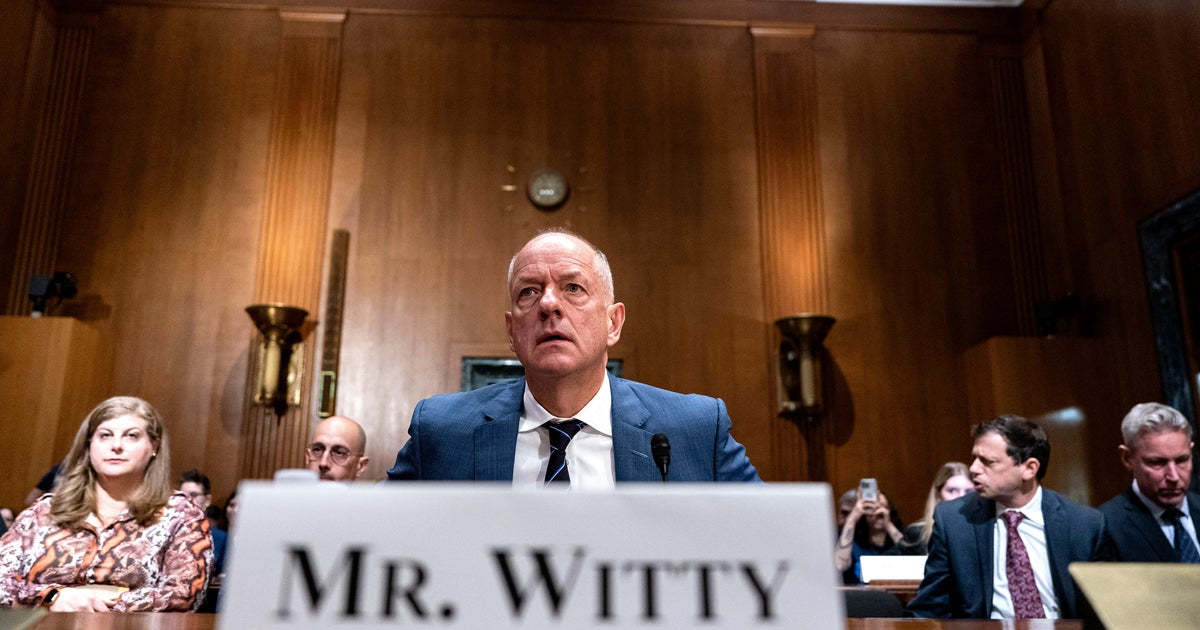U.S. consumer inflation moderated in November as gas prices fell, illustrating a further cooling of most costs and bolstering the Federal Reserve’s strategy of maintaining higher interest rates for now.
The Consumer Price Index edged 0.1% higher last month, leaving it 3.1% higher than a year ago, the Labor Department reported on Tuesday. The number is in line with expectations by economists surveyed by FactSet.
The so-called core CPI — which excludes volatile food and energy costs — climbed 0.3% after a 0.2% rise in October, climbing 4% from the year-ago number for a second consecutive month.
The report does “little to change the Fed’s recent communications that core inflation remains too strong to contemplate shifting to rate cuts any time soon,” according to Michael Pearce, lead U.S. economist at Oxford Economics. “We see more stubborn wage and core inflation pressures keeping the Fed on prolonged hold, with cuts likely to be delayed until September.”
Tuesday’s figures from the Bureau of Labor Statistics had the price of used cars increasing for the first time in six months, with rents and medical care costs also rising as clothing and furniture prices fell.
Shelter prices climbed 0.4%, countering a drop in gas prices, the government reported.
The numbers support the case for holding interest rates steady as the Federal Open Market Committee starts a two-day meeting on Tuesday, with Wall Street forecasting that the FOMC will keep its benchmark rate steady in announcing its decision Wednesday.
The Fed has taken its main interest rate from virtually zero in early 2022 to more than 5.25%, the highest since 2001, as the central bank looks to slow the economy and bring down inflation without starting a steep recession.
“Rates are at a peak and the incoming data will show a further cooling in inflation and a loosening in labor market conditions. This should allow the Fed to pivot to lowering rates, likely by the middle of next year,” Rubeela Farooqi, chief economist at High Frequency Economics, said in a report.
The Fed’s efforts to rein in inflation come as a still-strong labor market fuels consumer spending.
Wall Street took the economic report in stride, with stocks little changed in the early going on Tuesday.




